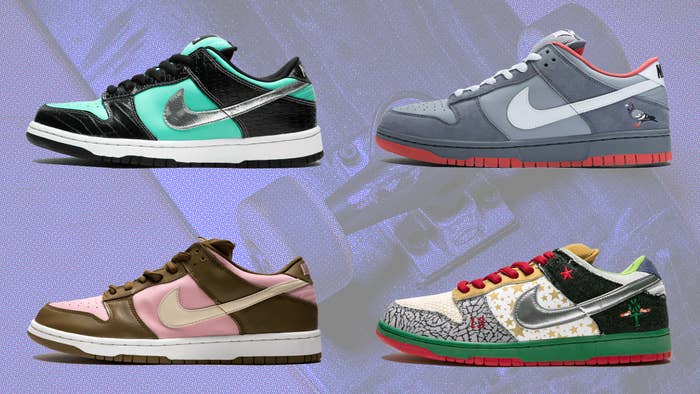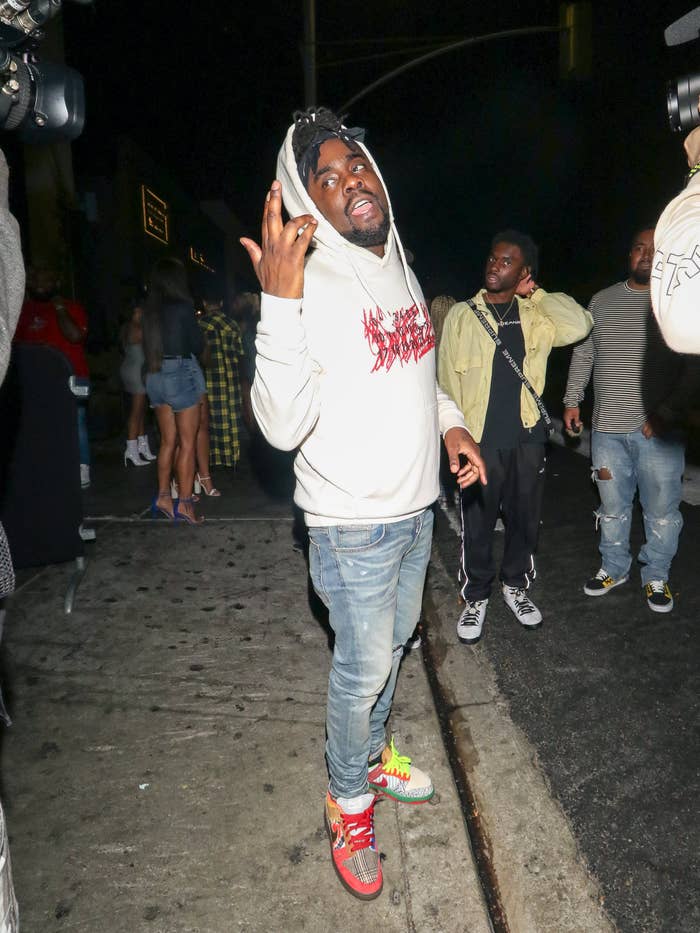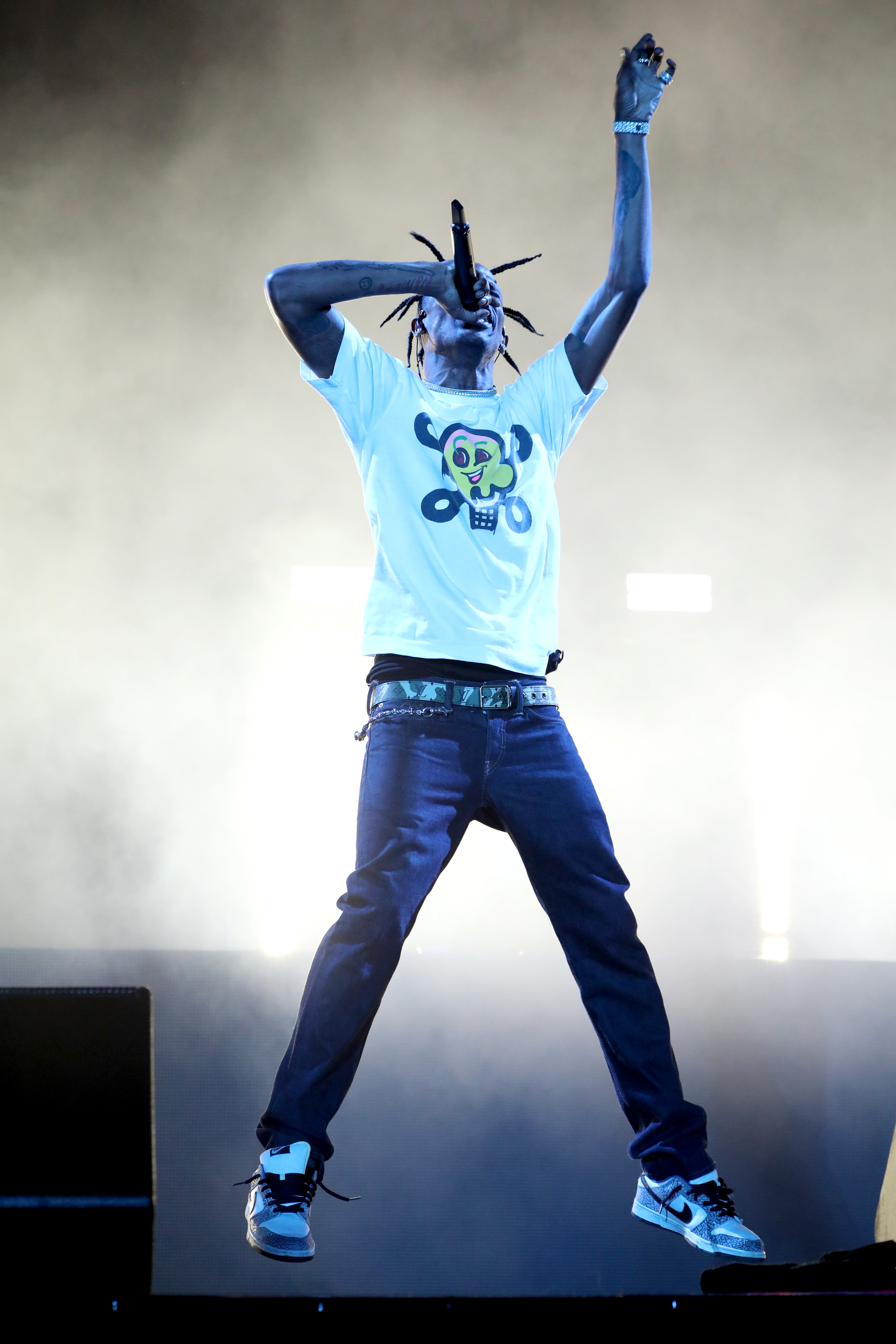
Let’s talk about the good old days. We’re in the middle of a Nike SB revival right now, and those that came of age during the mid 2000s couldn’t be happier. Nike SB, the brand’s skateboarding offshoot that launched in 2002, never went away, but it’s lacked relevance for years. It found itself in a place that’s a far cry from its glory days of the early-to-mid 2000s. Things have changed. Rappers such as Travis Scott and Offset have gone digging in the crates to pull out some of the most coveted pairs from years past. It’s not only gained them coverage in sneaker media outlets, but also caused an increased interest in the sneakers—even causing the resale values to jump overnight. But how did Nike SB become the touchstone, the proving ground, the point for new-to-the-game sneaker enthusiasts to prove their authenticity in a subculture that bats a weary eye to outsiders? To find out where we’re at, we need to take a quick dive into the past.
Nike SB was met with resistance from core skaters when it splashed onto the scene almost two decades ago. The brand’s first foray into skating in the ‘90s was met with resistance. Nike, the biggest footwear brand in the world, lacked the credibility needed in the skate world. To say that skaters were wary of a sneaker behemoth stepping into the skate industry was an understatement. SB was able to become legitimate through Nike brand manager Sandy Bodecker’s genuine interest in the community in skating. To do so he signed established skaters such as Gino Iannucci, Reese Forbes, Richard Mulder, and Danny Supa. These names were respected by skaters and weren’t the usual suspects making appearances in the X Games. The sneakers that came to follow were based off references that only connoisseurs would understand: Original Nike models, hip-hop albums, and graffiti artists. If mainstream consumers didn’t get it, they didn’t matter. The shoes were only sold in tried-and-true skate shops, available in limited numbers, and didn’t have hard release dates, rather months they’d become available. It was the definition of “if you know you know,” long before people who truly don’t know started using the phrase.

Nike SB remained a relatively underground thing until 2005 when releases such as the “Tiffany” Dunk in collaboration with Diamond Supply Co. and the “Pigeon” Dunk from Jeff Staple caused hype, riots, and steep resale prices. In an era where you couldn’t dump a pair on StockX and collect a paycheck, getting a pair of these shoes—a real one—wasn’t easy. You had to be clued in with your local skate shop to get a pair, pay a fair price for them (shops notoriously charged over retail for the shoes), or get the sneakers for resale.
As the years went on, SBs went from a guerilla-marketed phenomenon to a not-so-well-kept secret. The shoeboxes went from silver and pink to black and blue. From impossible to find, to sitting on shelves. Nothing stays golden. No sneaker remains hyped forever. What once helped define a resurgence in streetwear and sneaker culture in the 2000s had now become something that lacked luster, and only mattered to the diehards who couldn’t kick the habit of their favorite sneaker line. Or maybe they were simply holding onto the past. People had moved onto Nike Basketball sneakers from LeBron James and Kobe Bryant, or Foamposites or anything Flyknit, or later onto any Adidas sneaker with a Boost midsole that was or wasn’t from Kanye West.
Nike SB would have a few hits after 2013, mainly recreating high-top versions of shoes from yesteryear or flipping them in new colorways. But the feeling wasn’t the same. It was more of your favorite rapper from 1995 coming back from oblivion in 2007 and sounding dated.

Things started to change with Nike SB in 2017, though. The moment can be pinpointed back to ComplexCon, where Project Blitz, unexpectedly, created a clear miniramp in collaboration with Diamond Supply Co. that was filled with some of Nike SB’s hits from the years. The brand’s riders, such as Eric Koston and Paul Rodriguez, came to ride it.
“Me and Nick Diamond had this amazing idea for ComplexCon in [2017] for the 15th anniversary of Nike SB. We created this ramp and put all the OG sneakers in it,” said Project Blitz founder and legendary Nike SB collector Andre Ljustina in an interview with Complex earlier this year. “Wale sat down on the ramp with me and was praising the ramp. He said, ‘I want to get some SBs.’ That energy started spreading throughout [2019].”
2018 saw a frenzy breakout at the following ComplexCon over new colorways of the Diamond Nike SB Dunk. Concepts, which had created two well-known versions of the Dunk in lobster-themed colorways, released purple and green renditions of their previous project. Then Travis Scott started to wear SB Dunks.
Thanks to Ljustina’s friendship with Scott’s DJ, Chase B, Scott was soon outfitted in some of the most coveted SB Dunks from the past. “Chase is really into them. When they were kids, they knew about all those shoes. They came in and started asking for a couple different Dunks,” he said. “They came in and started visiting my vault room, and they were like, ‘Holy shit.’ We had every single pair that was made. It became a process, and he wore them over time. He hasn’t posted the pic yet, but I gave him the Paris Dunk.”

Wale, who had been into Nike SBs for years, also broke out some of his more sought-after pairs. Rappers like Offset started to get into Nike SB more heavily, with him saying in his Sneaker Shopping episode, “I was going crazy for them. One point they were cheaper than Jordans. They had the crazy colors. I got the Lobsters. I got the Stussys. I got the Skunks. I knew the wave would come back. The shoe game got back poppin to where it was. At first it was a little slow. 2013, 2014, 2015, it wasn't getting respected because the colors coming out was so weird. I don't think a lot of people are in tune. Six more months, watch.”
Nike SB had lost its luster, but now it felt new and fun again. Even if it was just about a younger generation discovering older shoes, or simply getting their hands on ones they couldn’t own back then. Nike SB became cool again because it hadn’t been cool for enough years for people to remember why it was great in the first place. The whole “everything comes back in style” model. There was a genuine nostalgia for the era that helped create this current boom, even if those who came up during the time no longer find themselves wearing neon or multi-colored shoes. It’s now become the point for rappers, ballers, and celebrities (or even the average enthusiasts) to prove they know a thing or two about sneakers, and understand why we’re obsessed with shoes—even if they were too young to truly be part of the 2000s streetwear scene or just didn’t live in a place where the sneakers and all-over-print hoodies were available. And it’s totally OK to admit that. If you were there, you were there. If you weren’t, you weren’t. Don’t fake the funk. People can get into things later in life and have a genuine passion for them. We weren’t all born experts. Just give credit where it’s due. It’s unlikely that you can consider yourself the Nike SB King if you never wore them with Levi’s 501 Shrink-to-Fit jeans.
Having Nike SBs in the past mean that you knew what was up. Having them now shows that you knew what was cool 10 or 15 years ago. It shows that you're differentiated from those who only had Jordans or Air Force 1s.
Let me stop now, with the risk of sounding like I hate the fact that Nike SB Dunks are cool again—even if I probably won’t break out a pair from the stash. We had our fun in the sun. Now it’s time to cash in on mind-numbing resale prices, let the kids play with our old toys, and experience why we all got into sneakers back then. Even if the feeling isn’t exactly the same.

